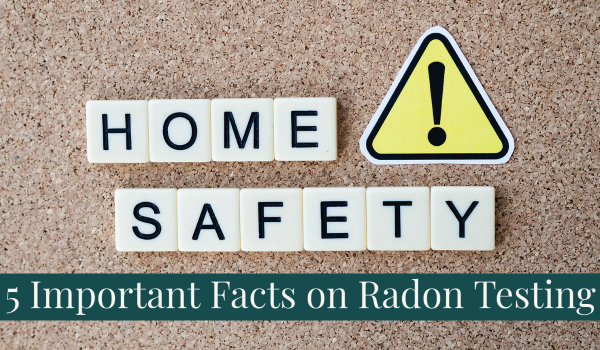Radon testing is the surest way to establish the levels of radon gas in your home. Testing is also necessary after renovations to determine if mitigation efforts have been successful. This article explores some of the facts to keep in mind before and after a test.
1. Types of Tests
There are different methods of radon gas testing. They include short, long, and continuous tests. Each evaluation has implications when it comes to the radon abatement process.
- Short-Term Testing: You can use short-term tests to measure levels of radon from between two days to thirty days, depending on the type of device. There is a wide variety of kits you can use, from ion-based, charcoal canisters to liquid scintillation tools. They do not require power and are often for applications where you need fast results. For example, you can do a short-term test when selling or renovating your home.
- Long-Term Tests: They take from 3 months to one year to complete. The process requires sophisticated devices and produces highly accurate results. It can generate stable data even when there are winds, snow, and other changing weather variables.
- Continuous Radon Testing: You can perform the test on an ongoing basis and get results for short or long term applications. These types of tests are necessary for areas that have high levels of radon. The test is conducted using continuous monitoring devices that require power.
2. When to do a Test
It is advisable that whenever you move into a new home, you conduct a radon test. You should also carry out a second test if previous results showed your home had levels beyond 4.0 pCi/L. Testing is also advisable if you’ve completed an Aurora radon mitigation process. Long-term techniques of evaluation produce the most accurate results.
3. Weather and Location
Drafts and weather conditions can influence your radon testing results. Before you begin a short-term process, ensure that you close the windows. Avoid days when there is a storm or high winds.
You can do short-term tests at any time of the year. However, the cold season is the best if you are going for long-term results. During winter and fall, the rooms are closed, which means radon levels are at their highest.
4. Device Placement
The device should be at least 20 inches above the floor. It should be in a location where it will not be subject to humidity and excess heat. Make sure your radon testing kit is at least 3 feet from the walls. EPA recommendations suggest that you should avoid high traffic areas of your home. Avoid the kitchen, living room, and laundry room.
5. Radon and Your Home’s Safety
You should schedule radon testing at least once every two to five years. In many jurisdictions, you must tell the buyer of the house about radon if tests detect the presence of the gas. It is a good idea to keep records of the results for future reference.
Bottom-Line
There are proven solutions to mitigate high levels of the radioactive gas and keep your home safe. A local radon testing service has the equipment and expertise to complete the process and generate reliable results. We can install systems that are compliant with code and provide a 30-year warranty for your peace of mind. You can visit our website today for more details.


Recent Comments